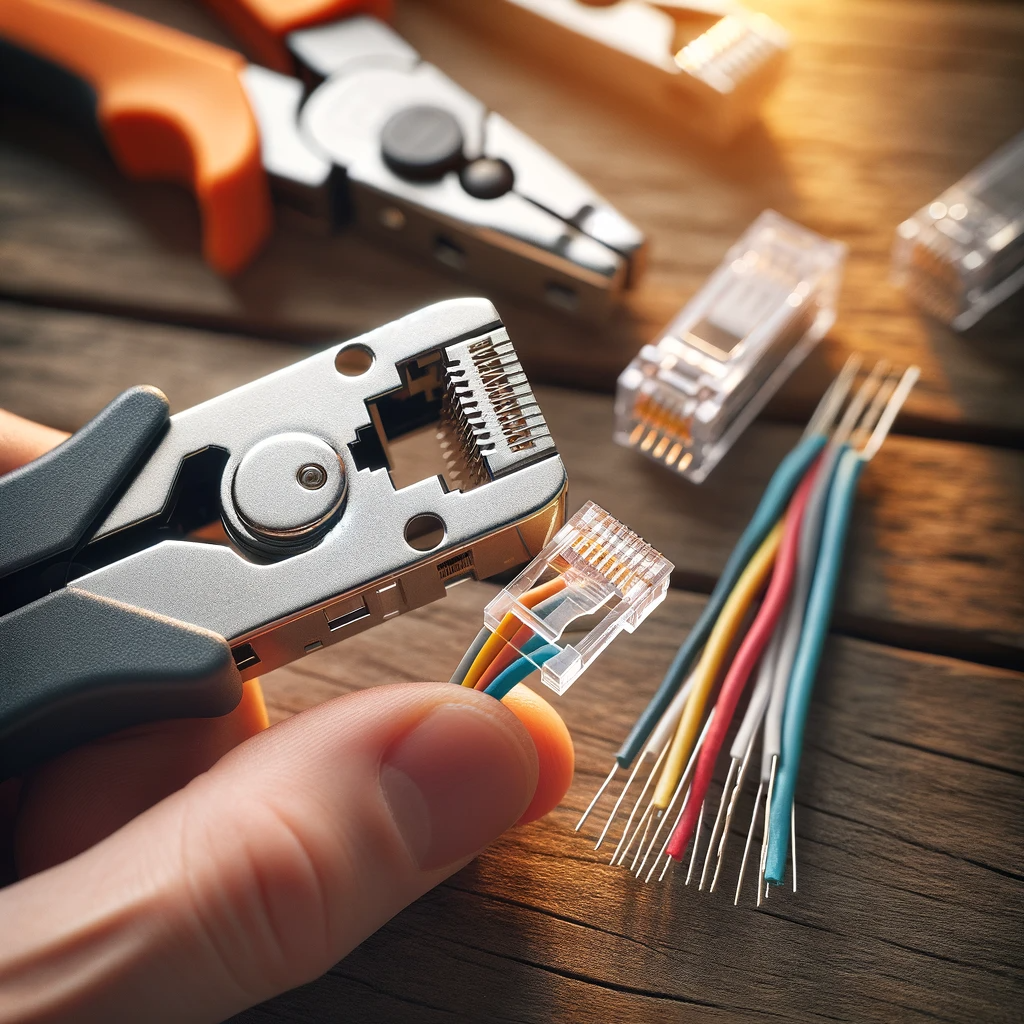GDPR: What You Need to Know in the UK
Introduction to GDPR
The General Data Protection Regulation (GDPR) is a comprehensive data protection law that was implemented across the European Union (EU) on 25 May 2018. Even after Brexit, the UK has retained the GDPR in its own legislation, known as the UK GDPR. This regulation aims to give individuals greater control over their personal data and to ensure that organisations handling such data do so responsibly and transparently.
Key Principles of GDPR
GDPR is built on several key principles:
- Lawfulness, Fairness, and Transparency: Personal data must be processed lawfully, fairly, and transparently.
- Purpose Limitation: Data should be collected for specified, explicit, and legitimate purposes.
- Data Minimisation: Only the necessary data should be collected.
- Accuracy: Personal data must be accurate and kept up to date.
- Storage Limitation: Data should not be kept for longer than necessary.
- Integrity and Confidentiality: Personal data must be processed securely to protect against unauthorised access or breaches.
GDPR and Home CCTV Systems
How GDPR Affects Home CCTV
If you're using CCTV cameras for home security, GDPR may apply, particularly if your cameras capture images or sounds beyond the boundaries of your private property (e.g., public footpaths or neighbouring properties). Here’s what you need to know:
- Signage: You must put up clear signs indicating that CCTV is in operation.
- Purpose: Be clear about the purpose of your CCTV. For example, it should be for security purposes and not for monitoring neighbours.
- Data Access: Individuals captured by your CCTV have the right to access their data. You need to provide a way for them to request this.
- Data Protection Impact Assessment (DPIA): Conduct a DPIA to assess and mitigate any risks related to data protection.
- Storage and Security: Ensure that the footage is stored securely and not kept longer than necessary. Also, make sure only authorised persons have access to the footage.
Compliance Steps for Homeowners
- Inform Neighbours: Inform your neighbours about the presence of your CCTV system and its purpose.
- Data Requests: Be prepared to handle requests from individuals who wish to access their recorded data.
- Regular Reviews: Regularly review your CCTV system and policies to ensure ongoing compliance with GDPR.
GDPR and Business CCTV Systems
How GDPR Affects Business CCTV
For businesses, GDPR compliance for CCTV is even more stringent. Here’s what businesses need to consider:
- Lawful Basis for Processing: Identify a lawful basis for using CCTV (e.g., legitimate interests for security purposes).
- Transparency: Display clear and visible signage informing people about the CCTV.
- Data Subject Rights: Ensure that individuals can easily request access to their data.
- DPIA: Conduct a DPIA to identify and mitigate risks associated with the CCTV system.
- Data Security: Securely store CCTV footage and restrict access to authorised personnel only.
- Retention Policy: Implement a clear policy on how long CCTV footage is retained.
Compliance Steps for Businesses
- Signage: Ensure clear signage is displayed around the premises.
- Policy Development: Develop and communicate a CCTV policy that includes purpose, data access procedures, and retention periods.
- Staff Training: Train staff on GDPR requirements and the proper handling of CCTV footage.
- Regular Audits: Conduct regular audits to ensure compliance and address any issues.
How AI-Powered CCTV Can Help
Benefits of AI CCTV Systems
Artificial Intelligence (AI) has revolutionised CCTV systems, providing enhanced features and greater compliance capabilities:
- Advanced Analytics: AI can analyse footage in real-time, detecting unusual activities and reducing false alarms.
- Improved Security: AI systems can identify potential security threats and alert security personnel promptly.
- Efficient Data Management: AI can help manage and organise large volumes of data, ensuring compliance with GDPR's data minimisation and retention requirements.
- Privacy Features: Some AI-powered systems can blur or mask faces and sensitive areas, enhancing privacy and compliance.
Implementing AI CCTV in Compliance with GDPR
- Choose GDPR-Compliant Systems: Select AI CCTV systems that are designed with GDPR compliance in mind.
- Data Protection by Design: Implement data protection features such as encryption and anonymisation.
- Transparent Usage: Clearly inform individuals about the use of AI in your CCTV system and its purpose.
- Continuous Monitoring: Regularly monitor and review the system to ensure it remains compliant with GDPR.
Conclusion
Understanding and complying with GDPR is essential for anyone using CCTV systems, whether at home or in a business setting. By following the guidelines outlined above, you can ensure that your CCTV system is used responsibly and in line with GDPR requirements.
For more detailed information on GDPR and its implications, visit GDPR Information Hub.
Implementing AI-powered CCTV systems can provide significant advantages in security and data management, making compliance easier and more effective. For expert advice and solutions on AI CCTV systems, feel free to contact us or call us at 01212881999.
By integrating the latest technology and adhering to legal requirements, you can protect your property, respect privacy rights, and ensure compliance with GDPR.
